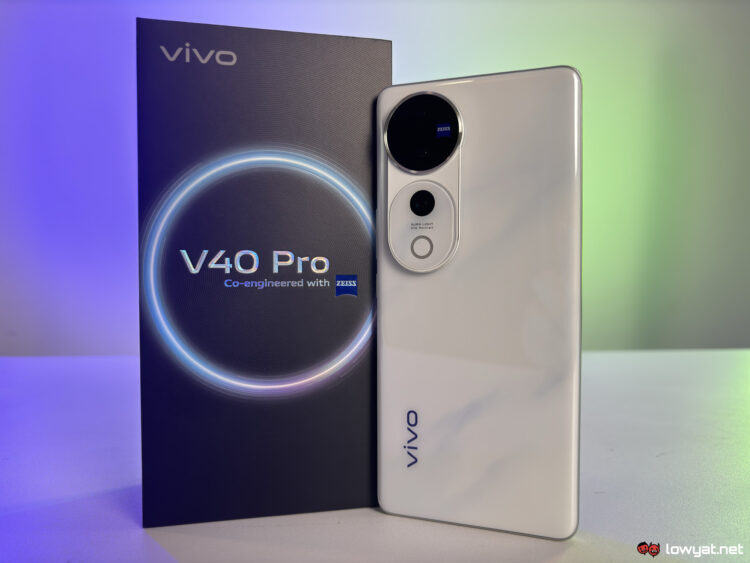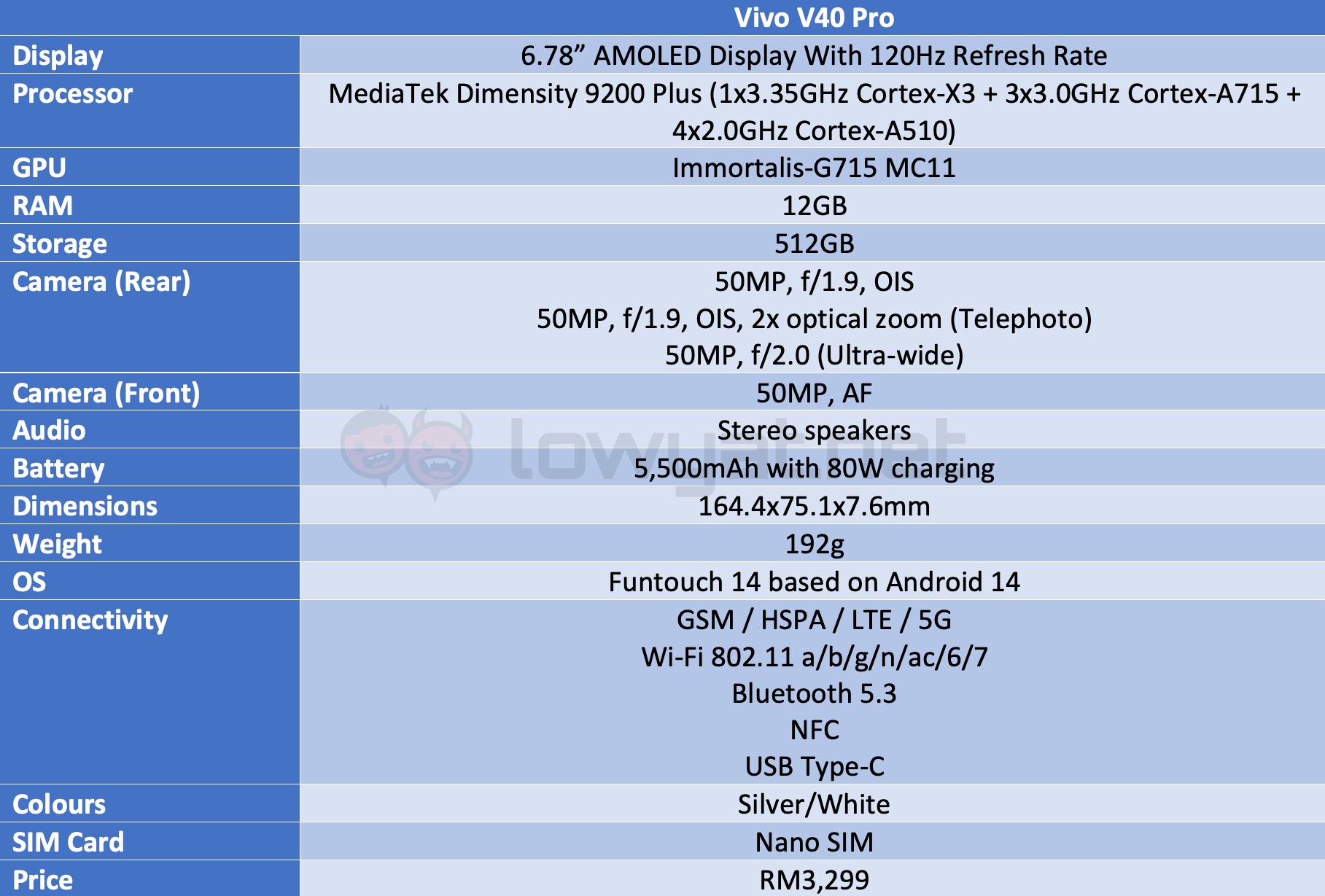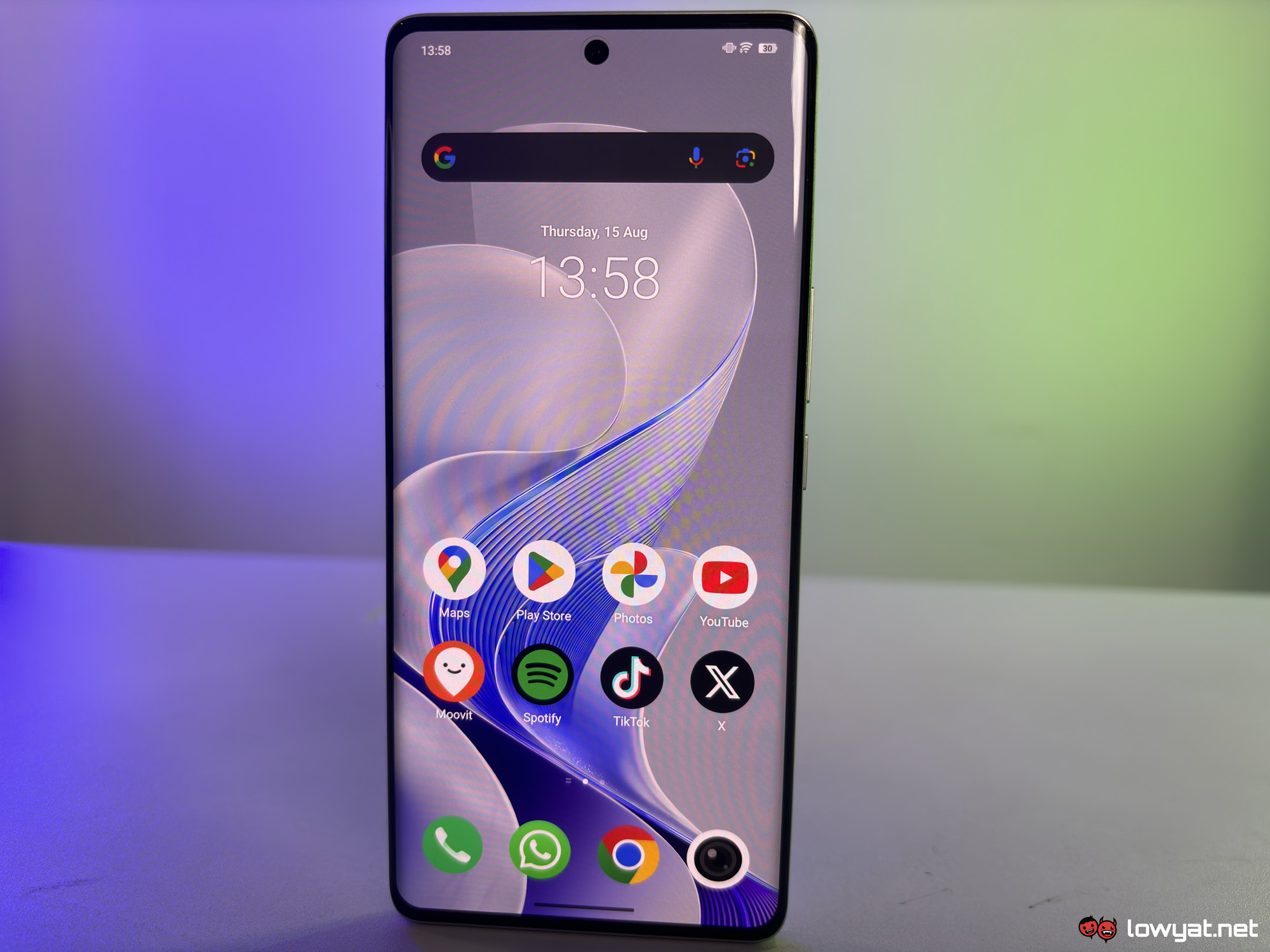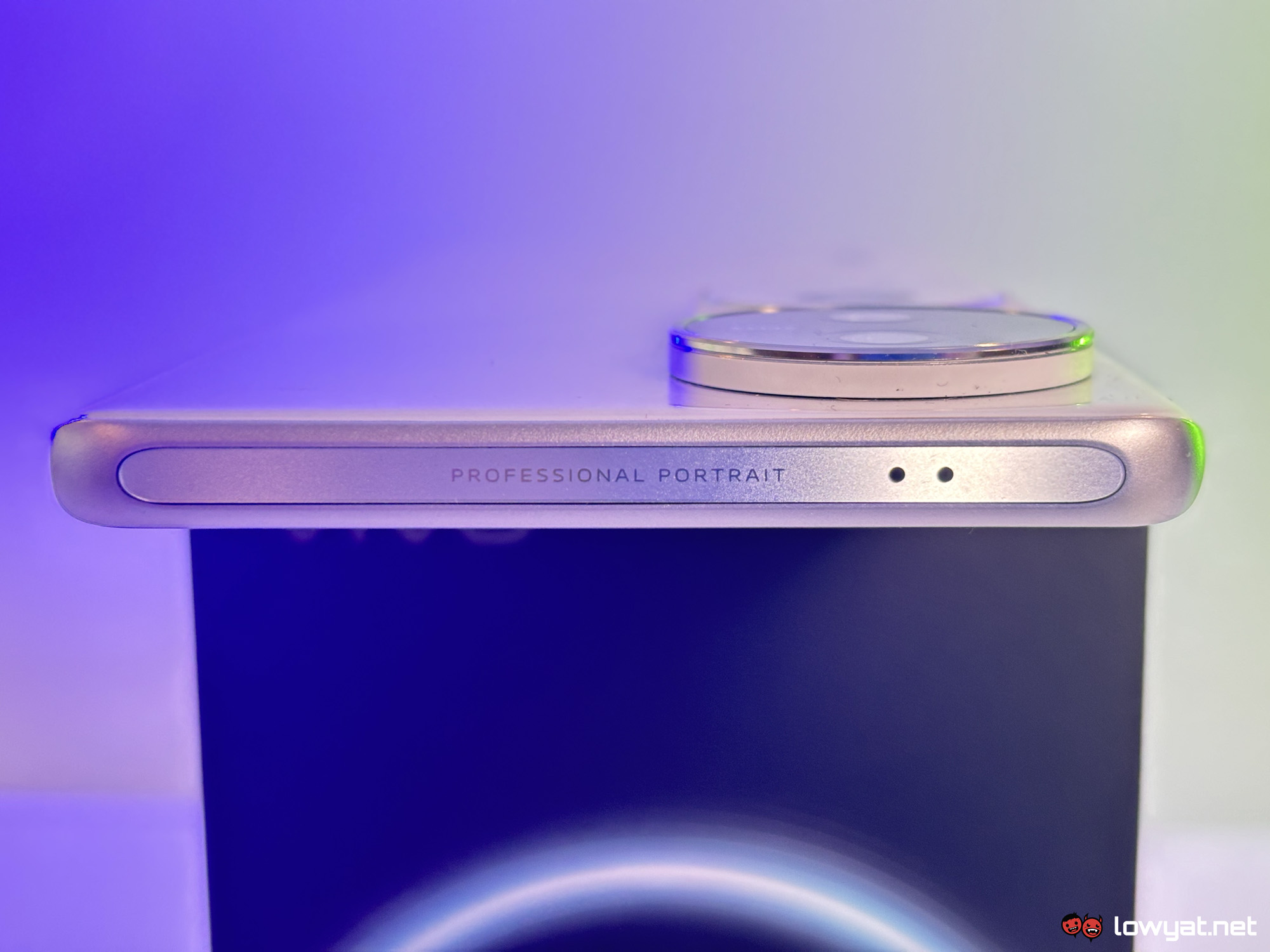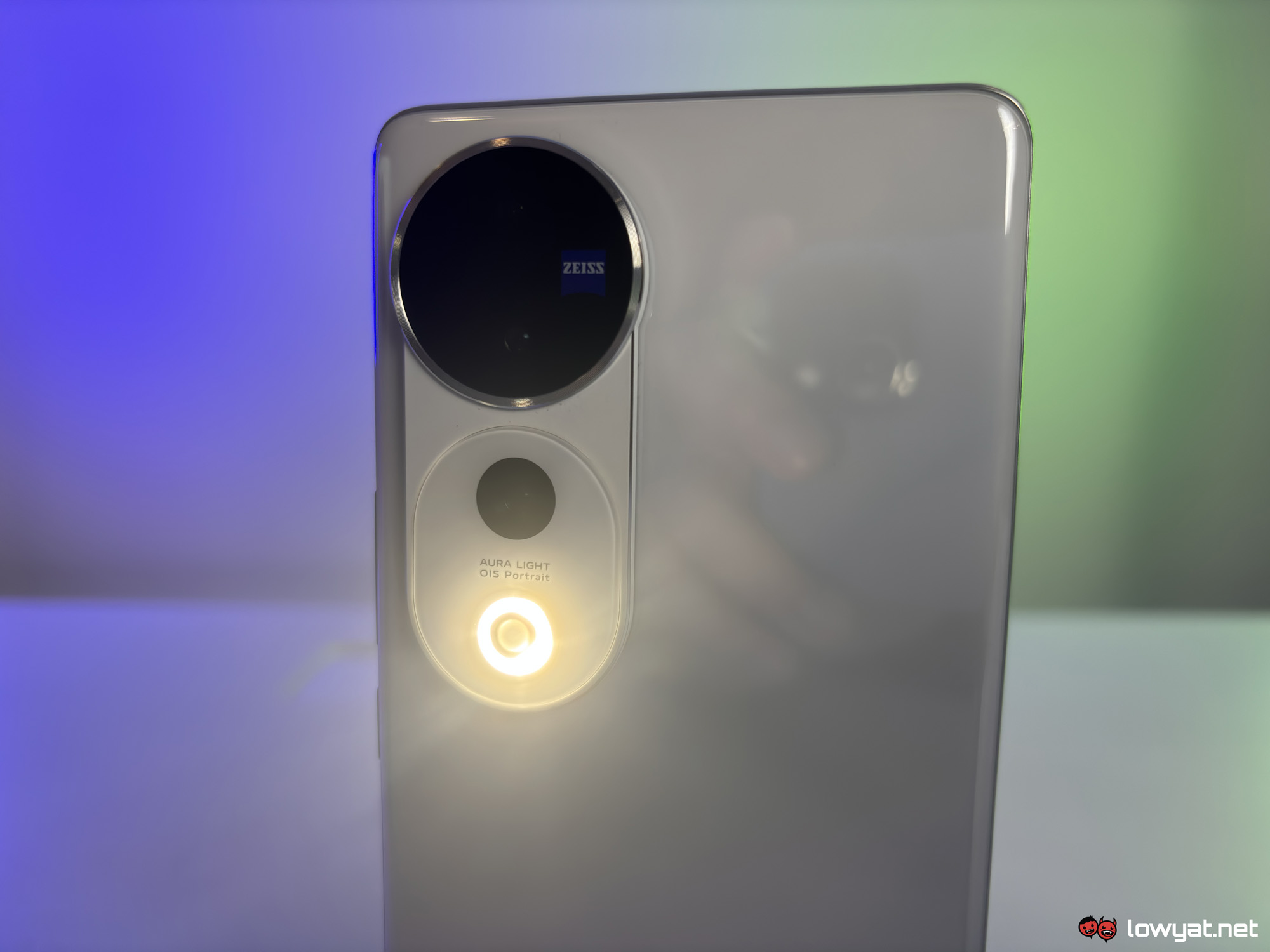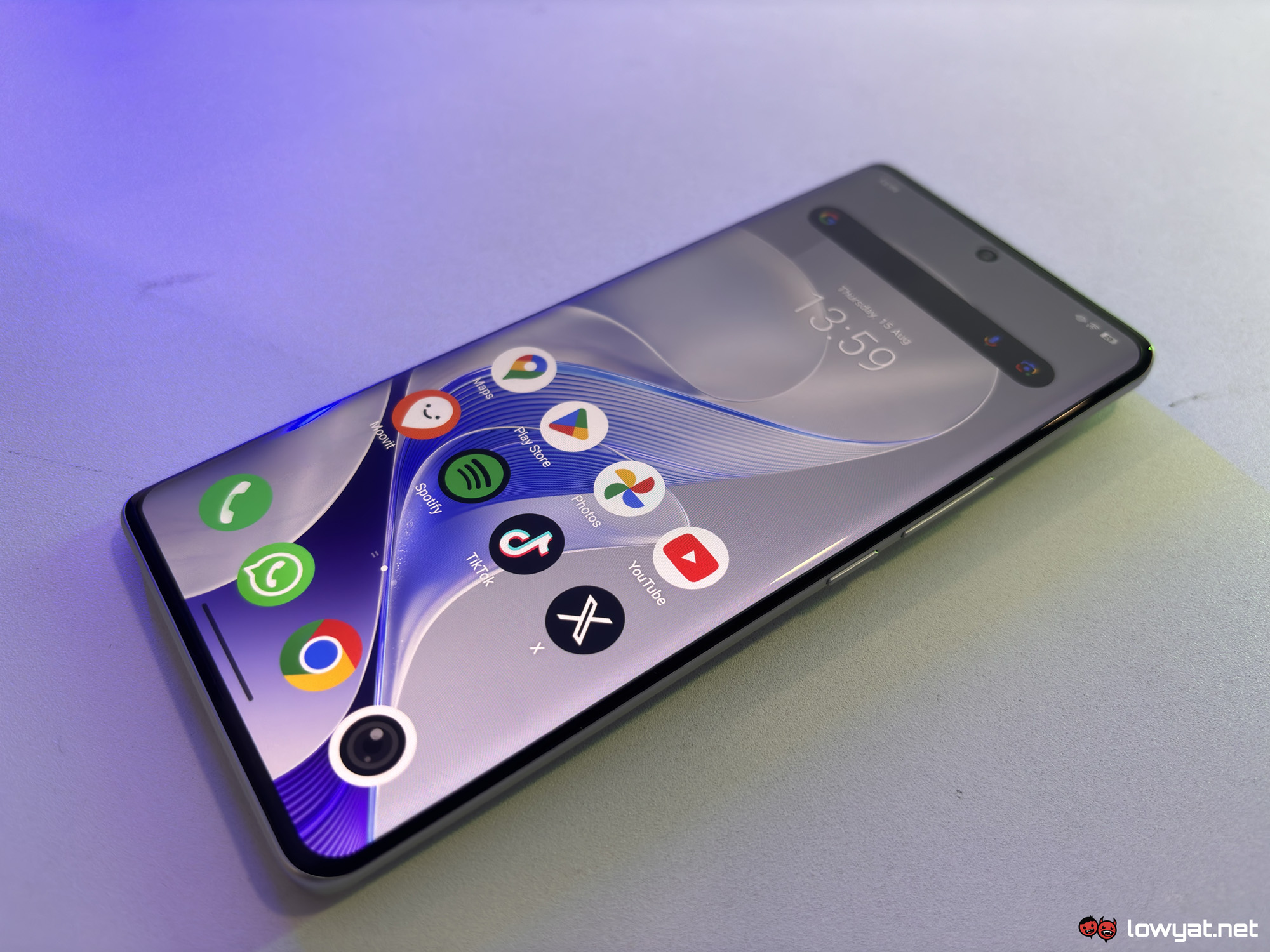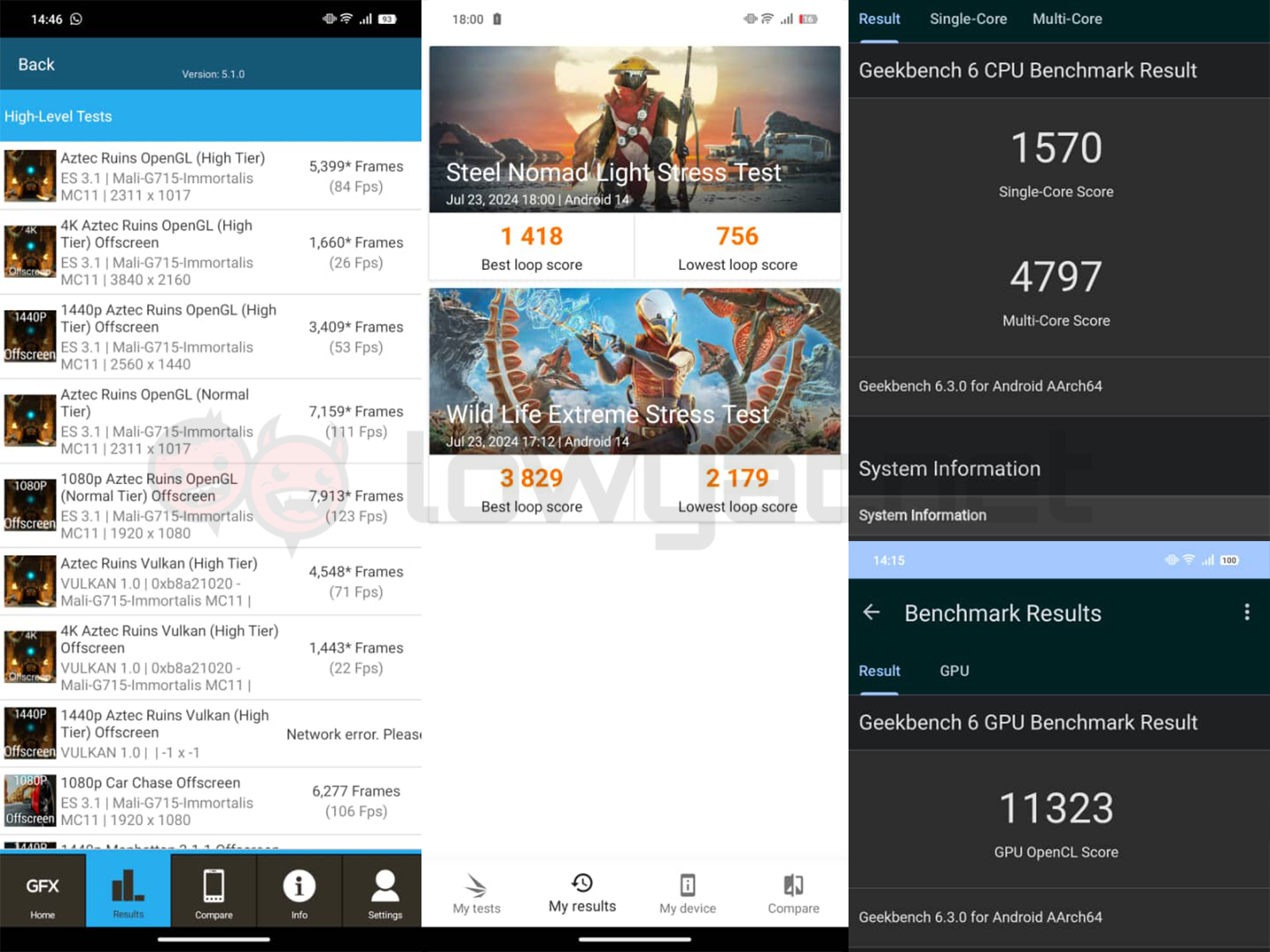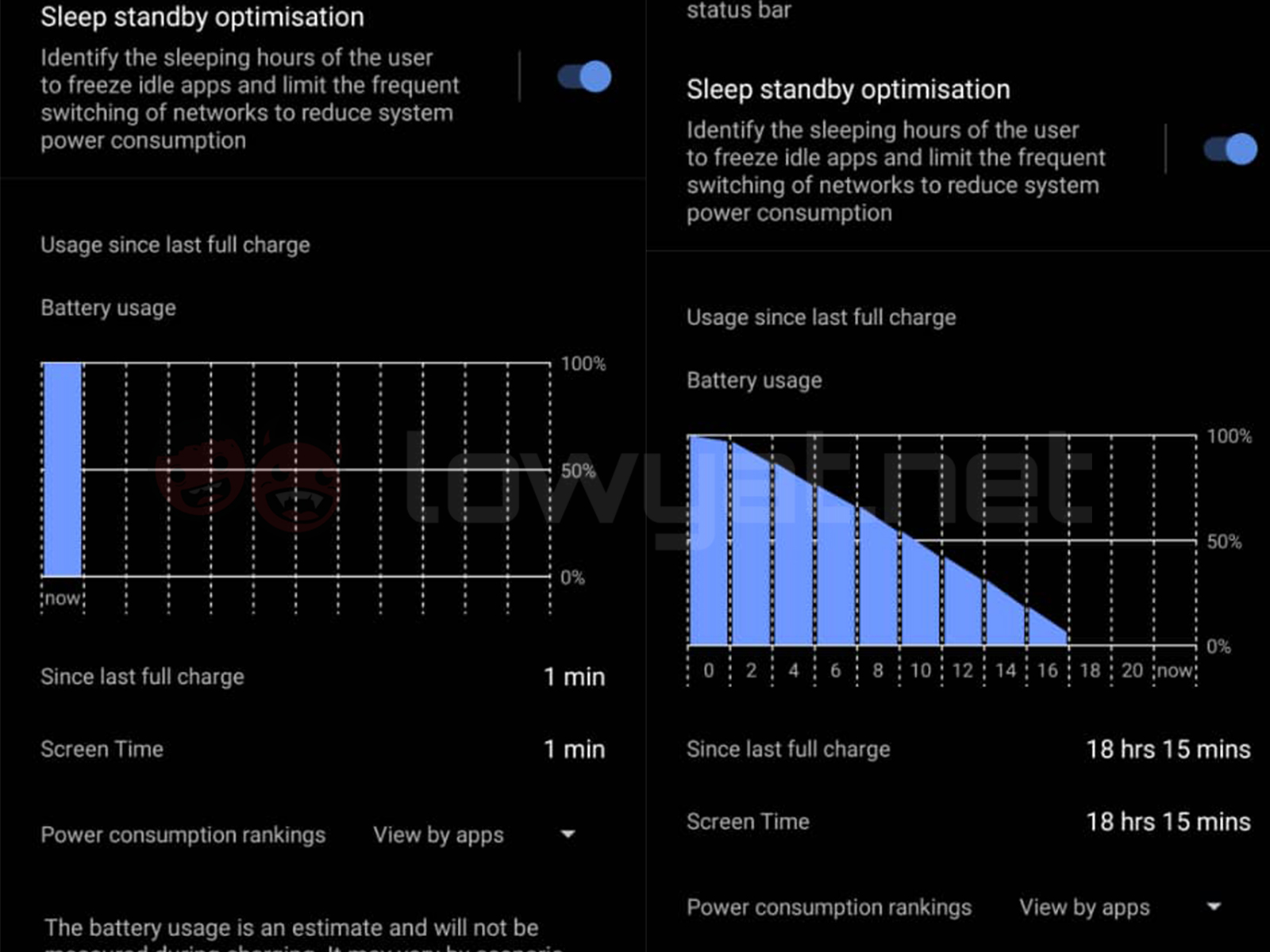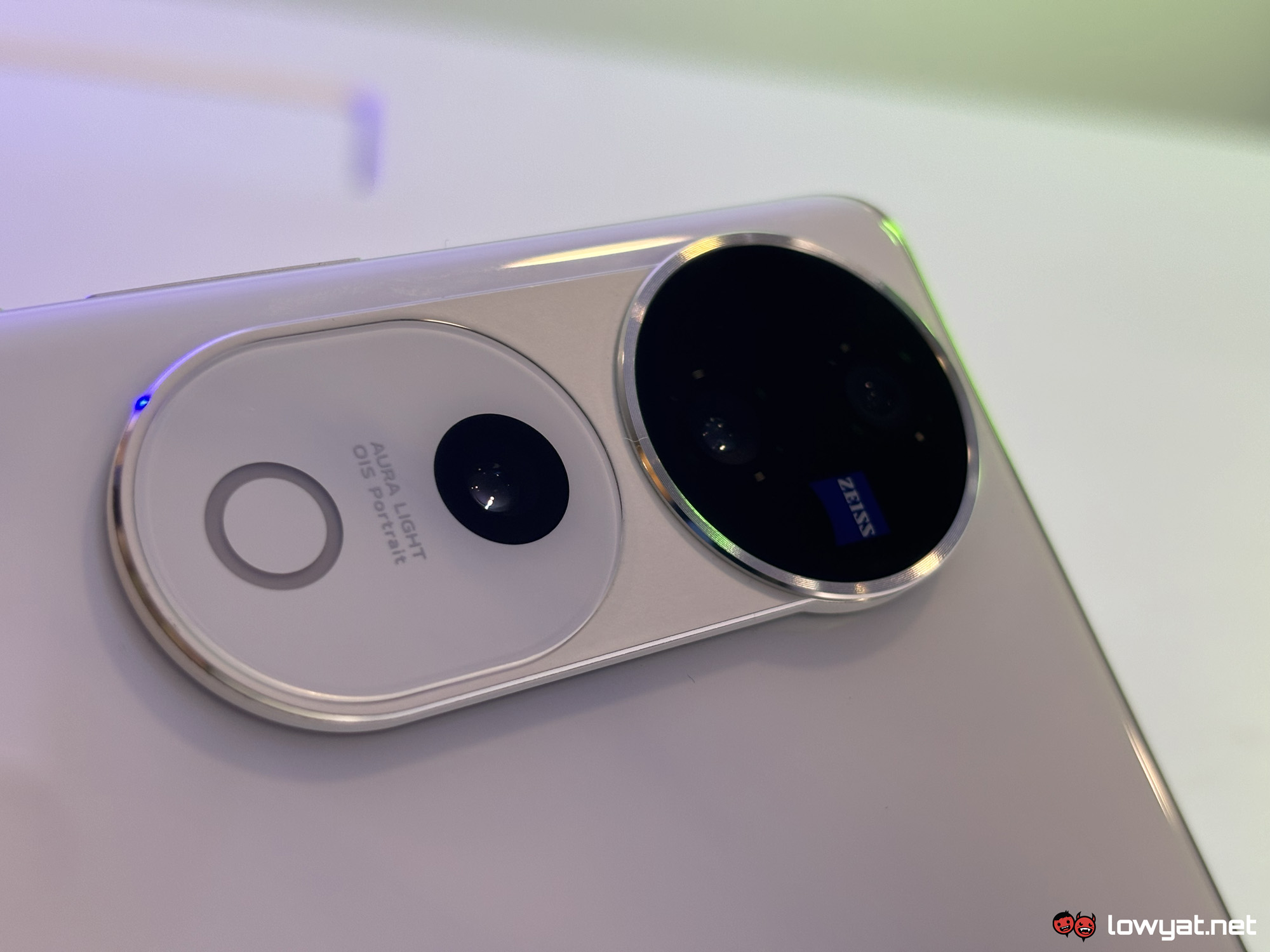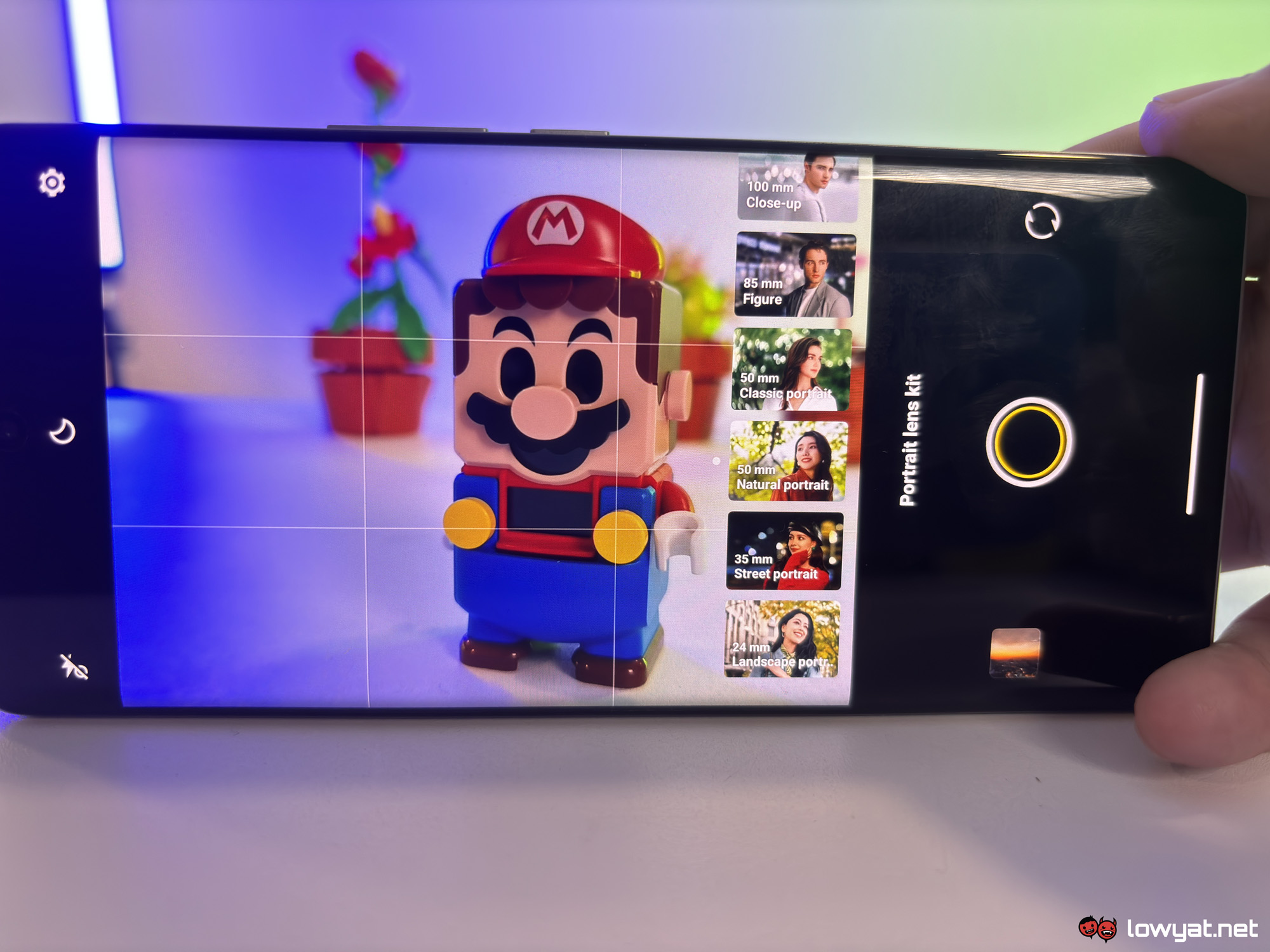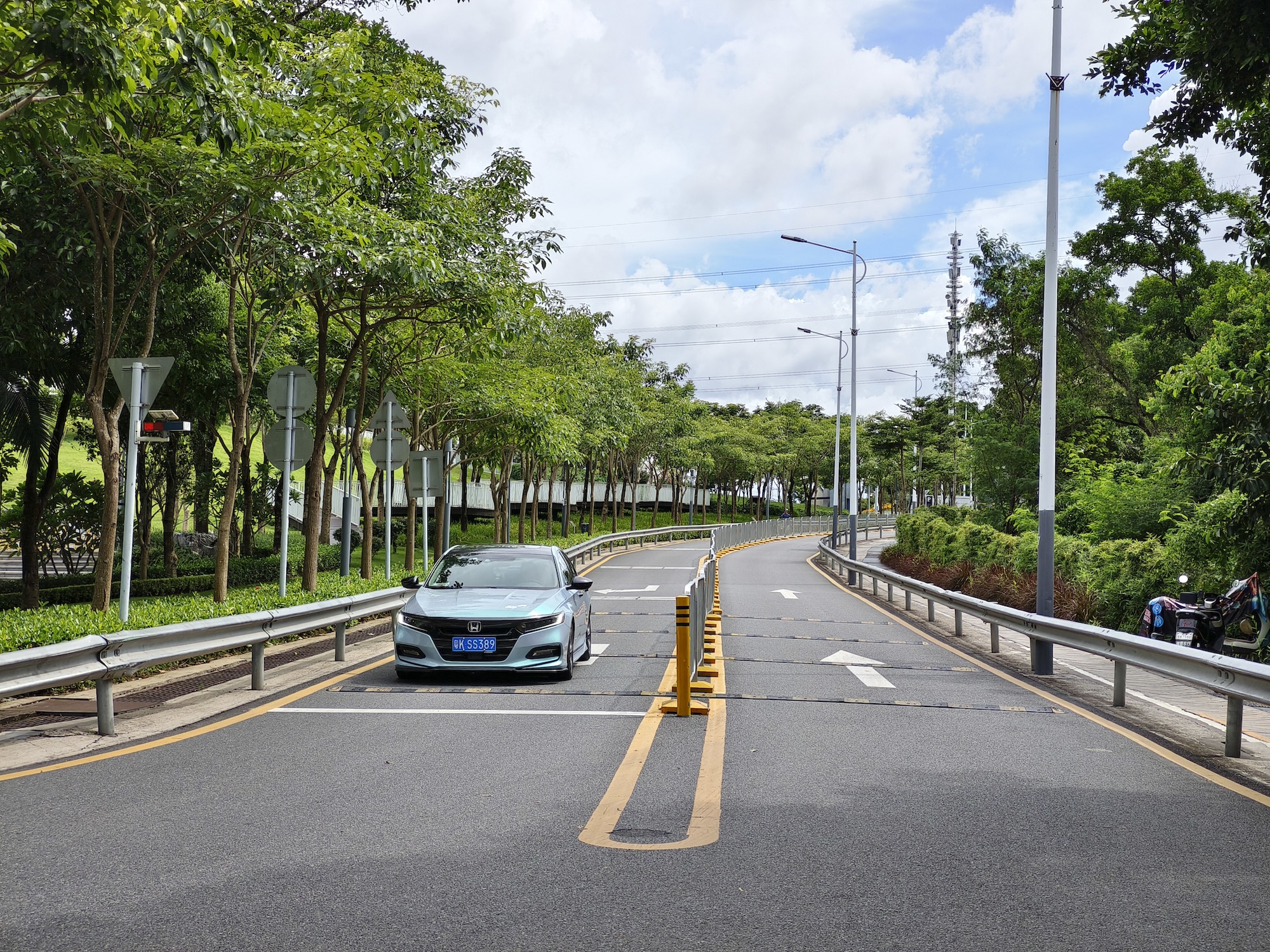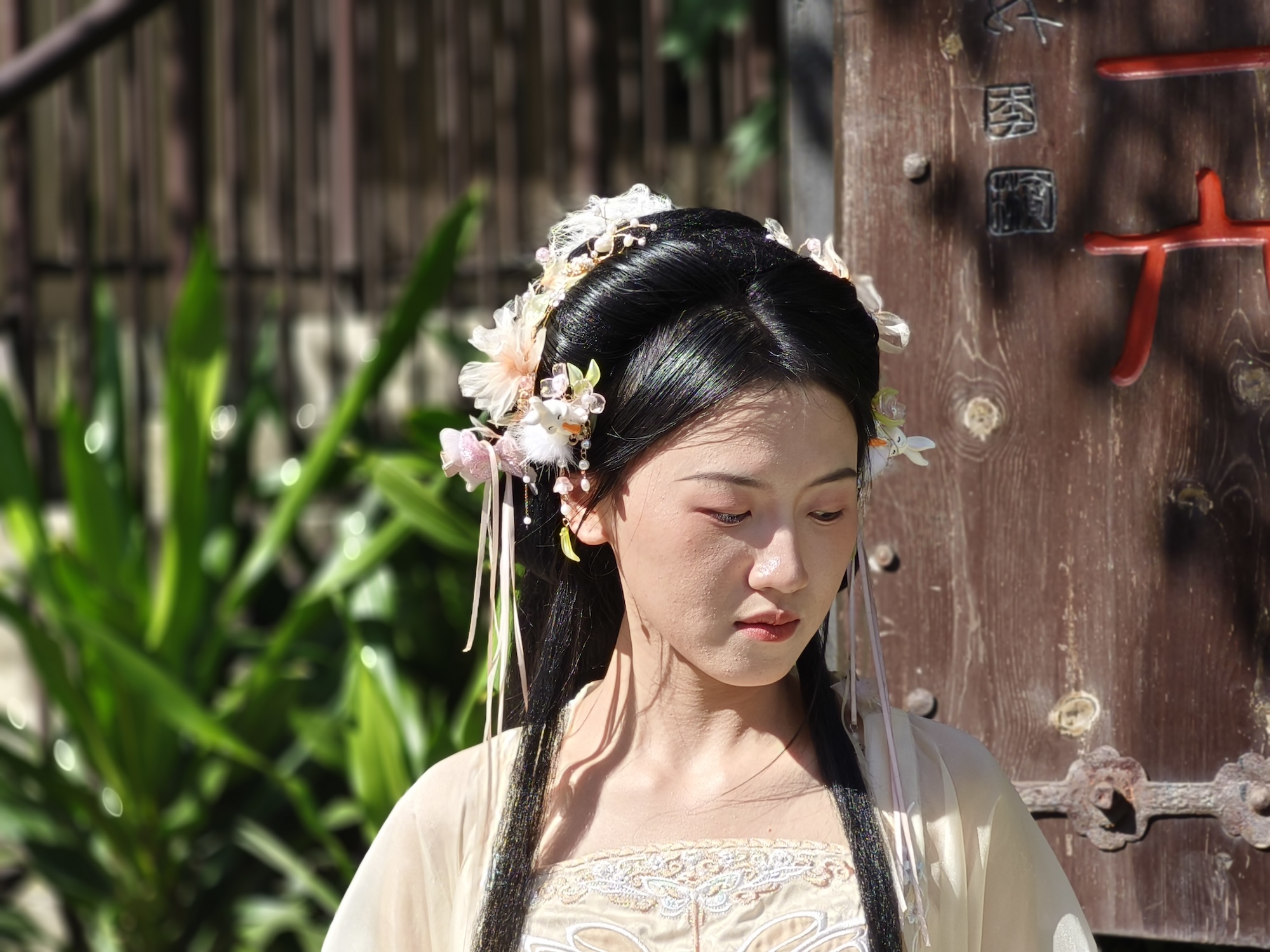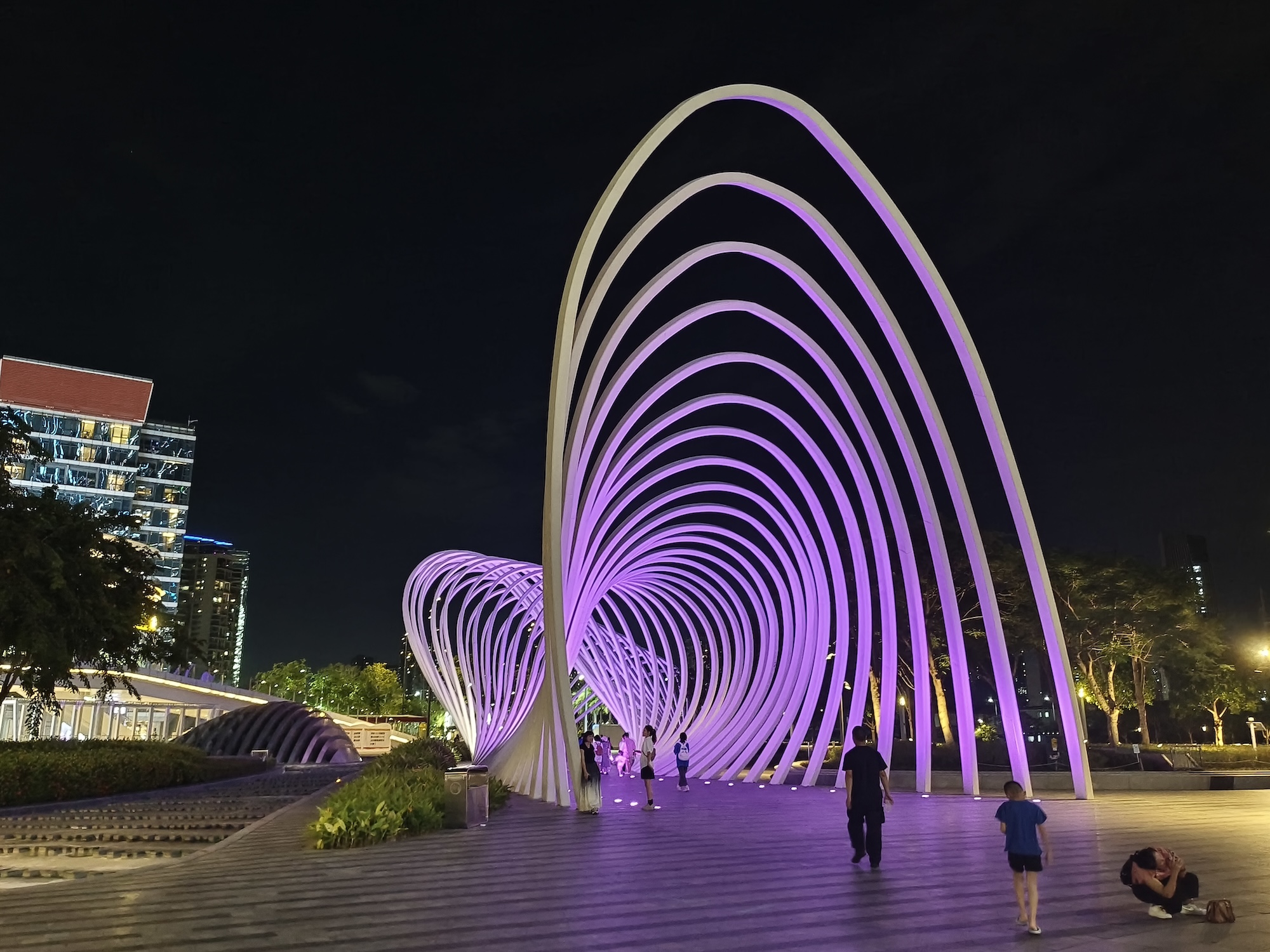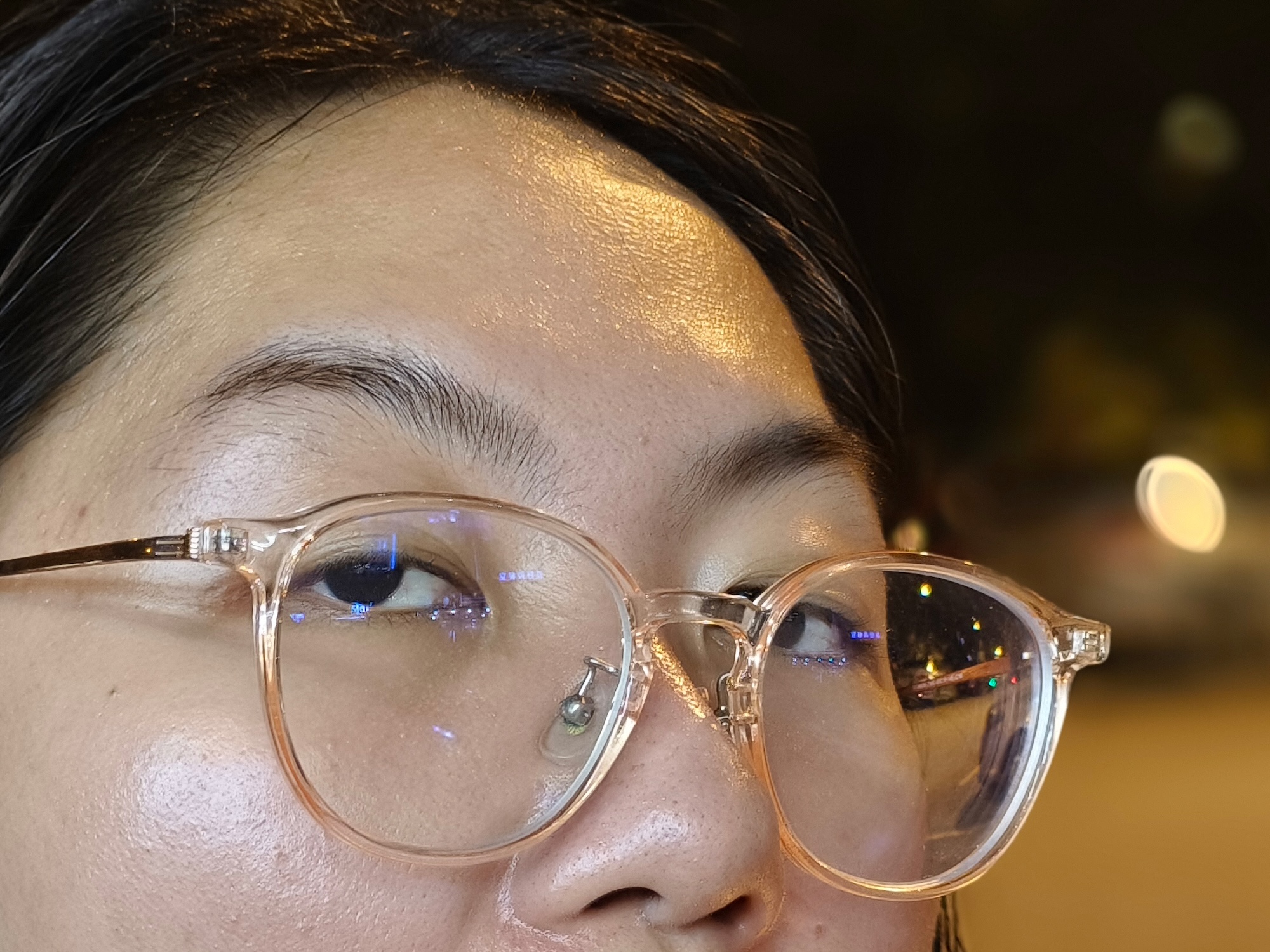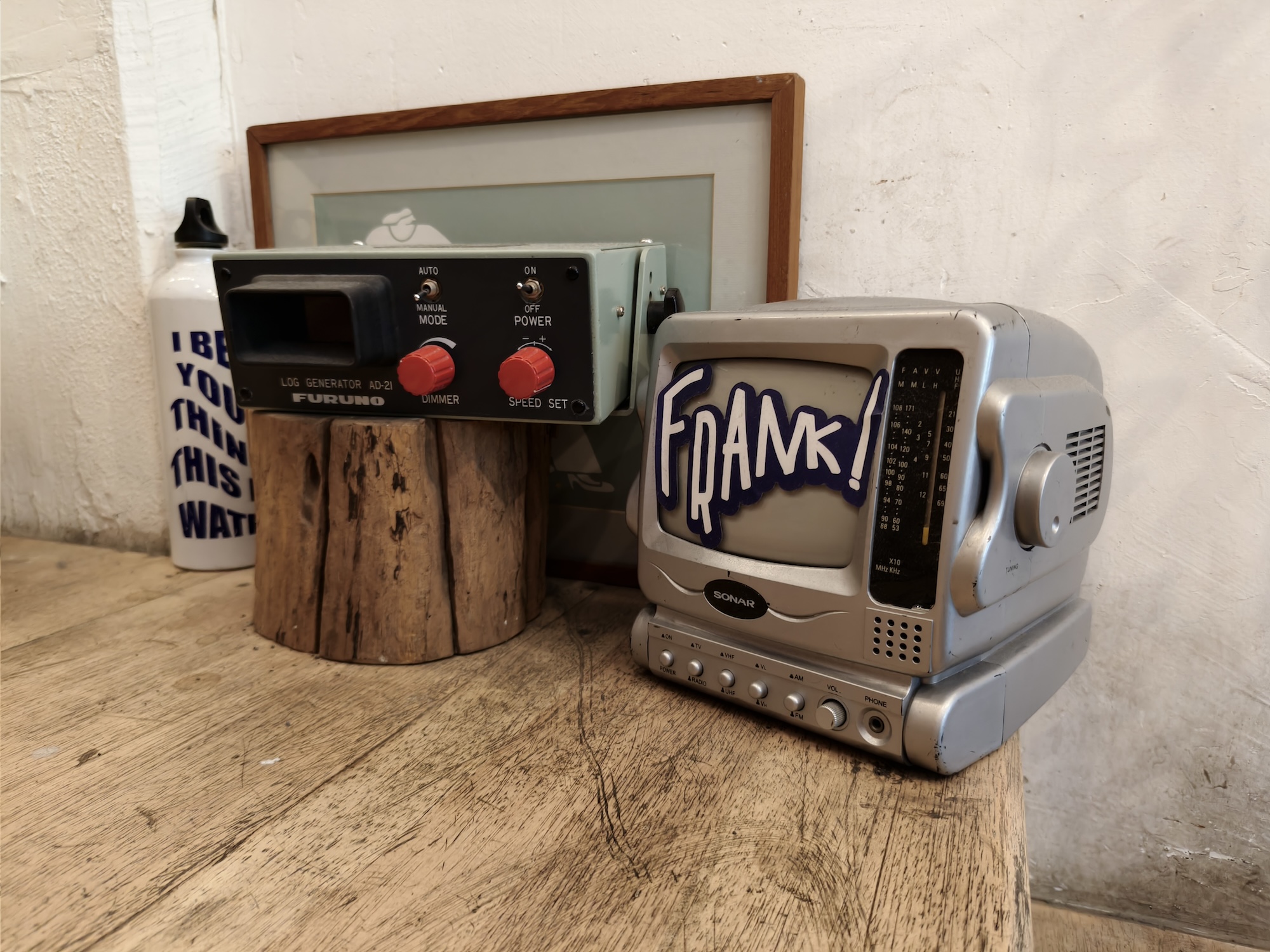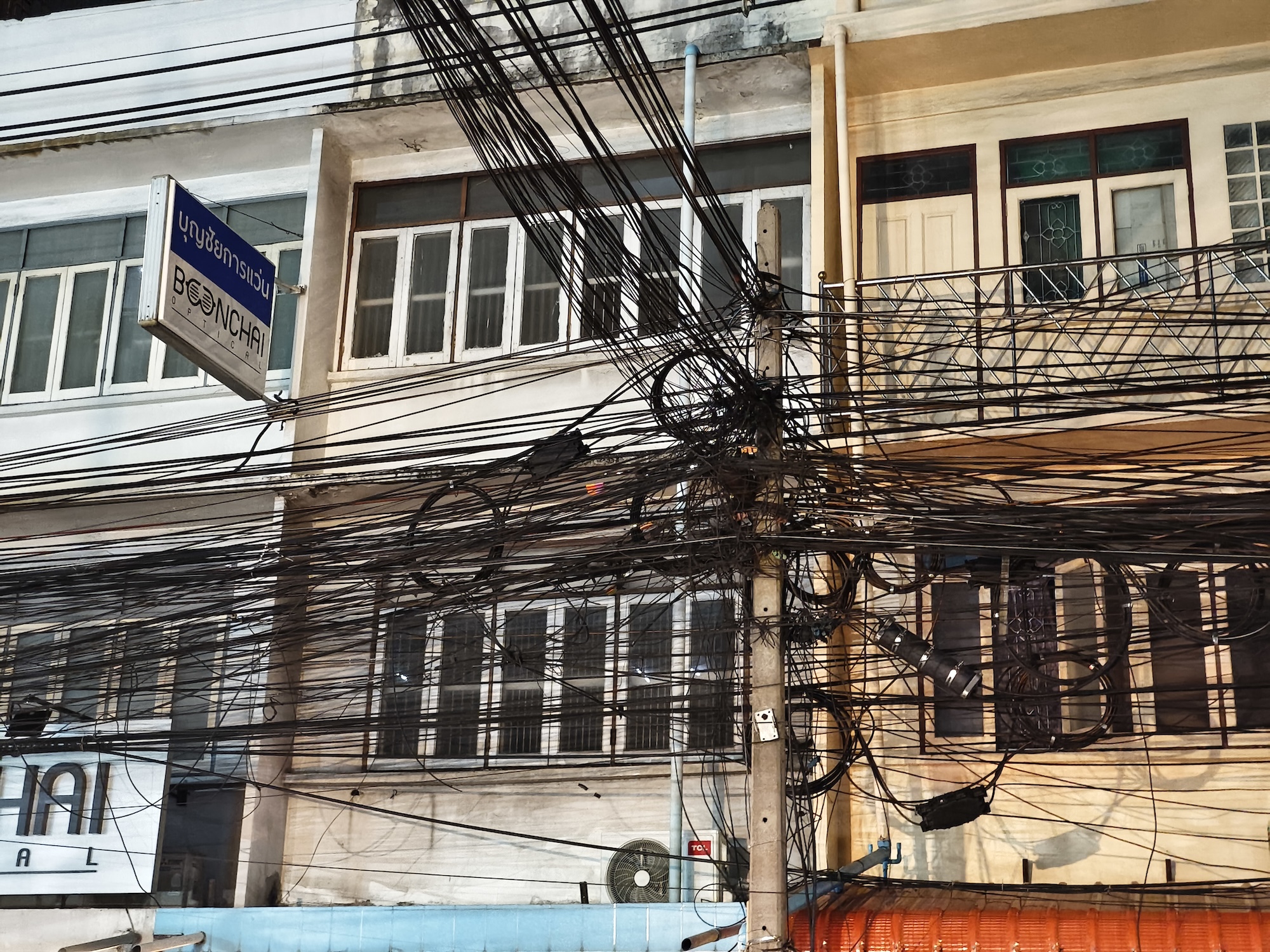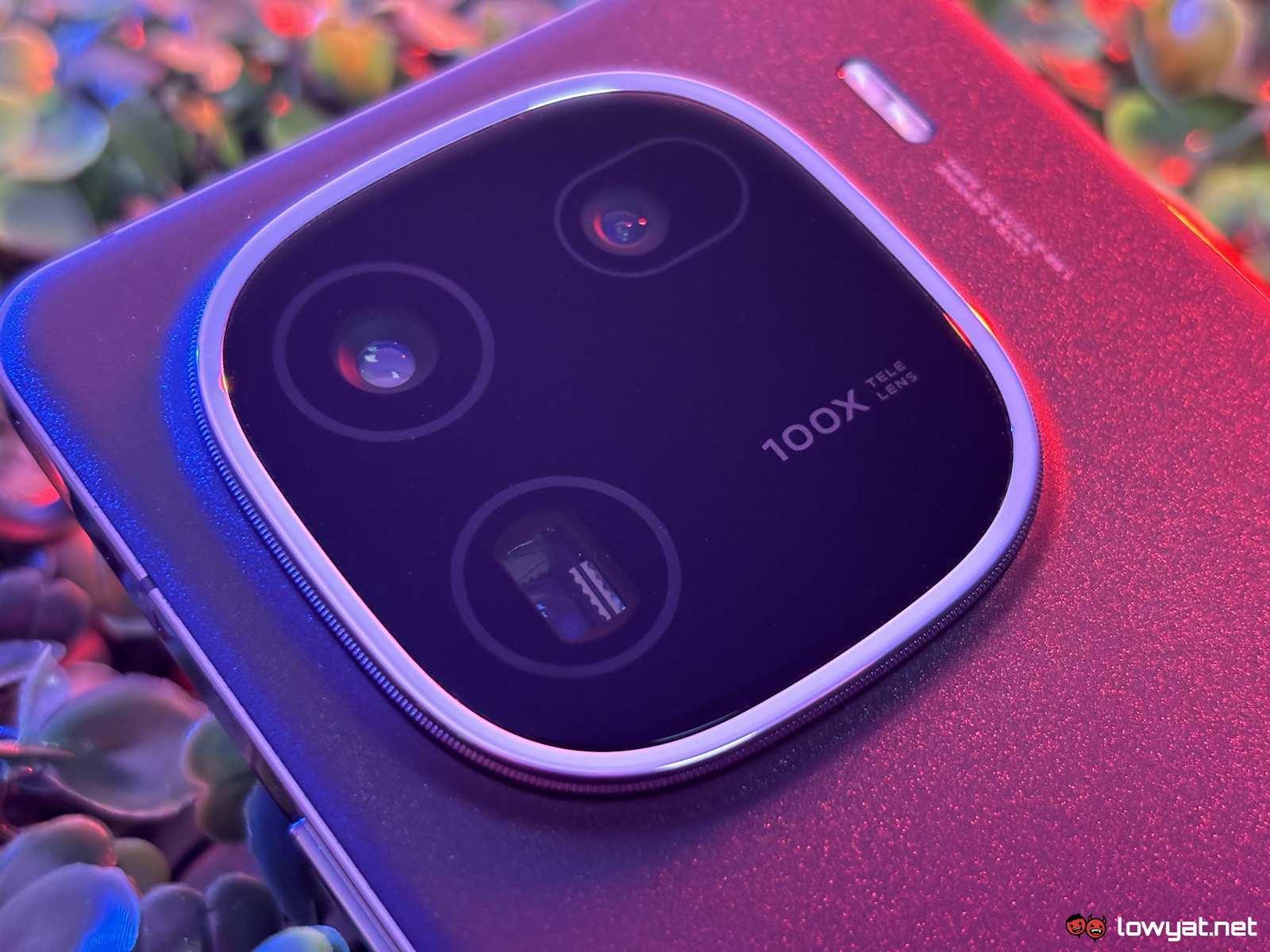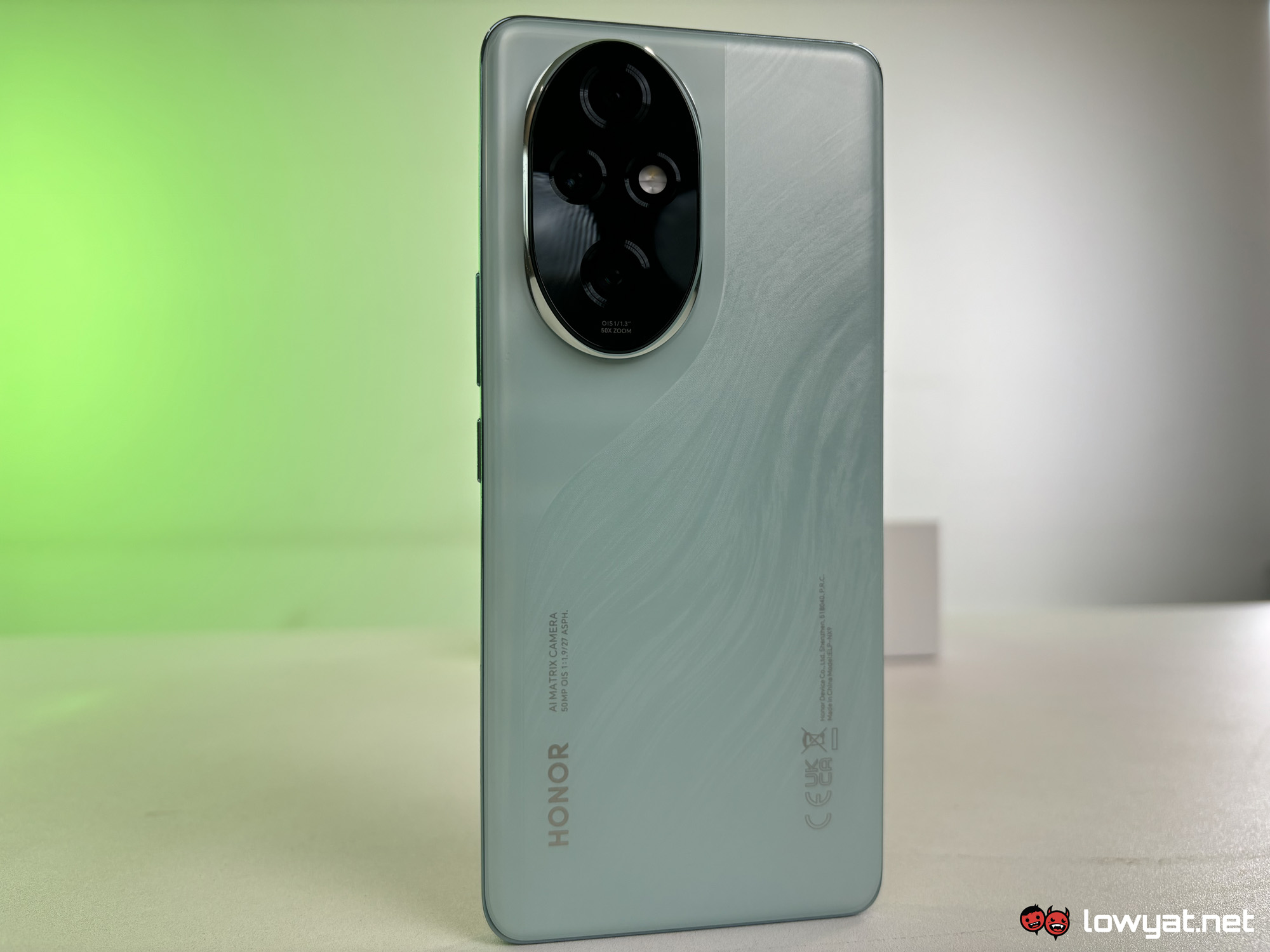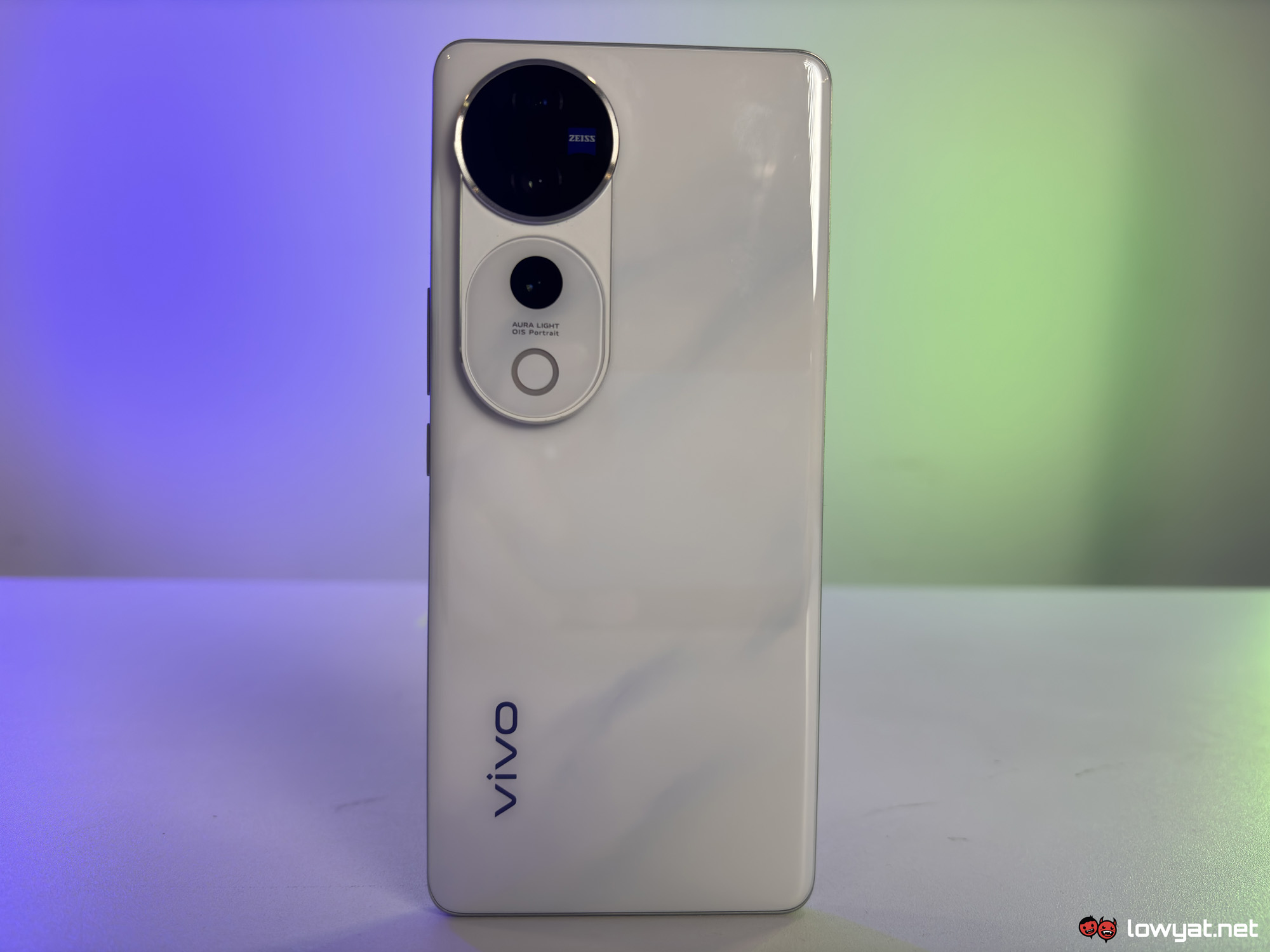vivo has a new upper mid-ranger called the V40 Pro and the main thing about this phone is, of course, the camera. The shooting setup gets the Zeiss logo as the two companies collaborated on the tuning of this imaging system, with multiple software features that are meant to level up your portrait game.
While it does have some unique and fun tools that make the camera app stand out, there are still some hurdles that the phone still struggles to overcome.
Specifications
The V40 Pro sports a 6.78-inch curved AMOLED display with a 120Hz refresh rate and a peak brightness of 4,500 nits, although the latter is likely just the local peak brightness for HDR content. Inside the chassis is a MediaTek Dimensity 9200 Plus chipset paired with 12GB of RAM and 512GB, with this single configuration being priced at RM3,299.
On the optics front, it gets a 50MP main camera with OIS, a 50MP telephoto lens with OIS and 2x optical zoom, a 50MP ultra-wide lens, and even a 50MP selfie snapper with autofocus. Powering the mid-ranger is a large 5,500mAh battery with support for 80W charging, but it lack any wireless charging capabilities.
Connectivity-wise, the phone supports 5G, Wi-Fi 7, Bluetooth 5.3, and NFC. For software, it ships with FuntouchOS 14 based on Android 14.
Looks & Functionality
The V40 Pro has a big curved display, which, as a flat display fan, I utterly despise for reasons with curved edges. However, I must say it’s quite a bright screen that gets about the same level of real-world brightness as my iPhone, with texts easily readable even under direct sunlight. So, kudos to the brand for putting a very high-end display on a mid-ranger.
Moving on to the back of the phone, I adore this white colourway which has a subtle marble finish to it. Not only does it look and feel good, but the minimal glare on the otherwise glass cover results in a near anti-fingerprint back.
The camera island separates the setup into two modules, one with the primary and ultra-wide lenses and another with the telephoto lens as well as the ring light. Given the pill-shaped profile of the camera bump, it’s no surprise that the phone gets incredibly wobbly if you try to use it on a table.
The volume rocker and power button are placed on the left-hand side of the phone while the USB-C port and SIM tray can be found on the bottom. Unfortunately, while it supports dual SIM cards, it does not come with eSIM support. Under the screen, there is an uncomfortably-positioned fingerprint scanner near the bottom, which unlocks reliably and quite fast even with sweaty fingers.
Performance & Battery
Running on a last-gen MediaTek Dimensity 9200 Plus SoC, the vivo V40 Pro powers through any app or task with ease, providing a smooth and lag-free performance for daily usage. On the other hand, the chipset might not be the best pick when it comes to long gaming sessions or even just battery life in general.
On the synthetic benchmarks portion of my test, the mid-ranger performs incredibly well, earning scores that rival or even beat phones with the Qualcomm Snapdragon 8 Gen 2. However, on 3DMark, the phone showed a poor stability rate of only 56%, which is evidenced by the phone overheating a lot through sustained heavy loads. Oh, and it is prone to thermal throttling.
The battery life tells a similar story of inefficiency. In spite of having a large 5,500mAh battery, I expected the phone to easily last two whole days, but I usually found that I couldn’t comfortably leave the house on the second day without charging it. Don’t get me wrong, it will still provide a whole day’s worth of battery life, but in the past year, I’ve encountered phones that can last two whole days on a single charge, so it’s fair to say that the bar is gradually being raised.
Putting it through a YouTube streaming endurance test, the phone V40 Pro lasted just a little over 18 hours. This isn’t bad by any means, but it falls short of expectations due to the larger cell capacity, leading me to wonder how much better the battery life could be if they had used a more efficient chip.
Camera
The Zeiss-mastered camera is, honestly, my favourite part of this phone, despite some shortcomings. As previously mentioned, it has a triple 50MP sensor setup, complete with an ultrawide and telephoto lens.
During the day, photos will turn out crisp with vibrant colours, good dynamic range, and not too much obvious processing. At night, however, things take a turn for the worse. Even with some lighting, outdoor shots at night result in a lot of noise and low clarity.
Suffice it to say, this isn’t the best smartphone camera out there, but what’s fun about it is the portrait mode. It comes with “multifocal lens technology”, which is essentially different zoom modes that try to digitally mimic different focal lengths. There are also different bokeh settings where you can choose the shape and intensity of the bokeh in the background.
Now, I’m not usually someone who uses the portrait mode on smartphones because regardless of the brand, the background blur often ends up looking obviously fake. But admittedly, the V40 Pro does this well to the point where, in good lighting, it can actually seem natural. That being said, it still doesn’t do well at blurring around the edges of small hair strands or even through the lenses of glasses.
Obviously, if you choose one of the more quirky bokeh modes, it will look edited, but even then, it can result in some interesting portrait shots.
Sample Images
Competition
iQOO 12
Unlike the V40 Pro, the iQOO 12 is a full-fledged flagship smartphone equipped with the current flagship Qualcomm Snapdragon 8 Gen 3 chipset — it comes with 16GB of RAM and 512GB of storage, costing only RM100 more than the V40 Pro. Aside from the more powerful chipset, it also has a superior imaging system that is more consistent and performs better in low light.
It sports 6.78-inch 144Hz AMOLED display and features a 50MP main camera with OIS, a 50MP ultra-wide lens, and a 64MP telephoto lens with OIS and 3x optical zoom. While the battery capacity is smaller at only 5,000mAh, it’s actually one of those phones I was talking about with a two-day battery life, along with faster 120W charging.
HONOR 200
The HONOR 200 is another upper mid-ranger that uses a not-quite-so-flagship chipset similar to the V40 Pro. It runs on a Qualcomm Snapdragon 8s Gen 3, which rivals the Dimensity 9200 Plus, and is paired with 12GB of RAM and 512GB of storage, all for a much lower price tag of RM2,699.
It is fitted with a 6.78-inch OLED display with a 120Hz refresh rate, powered by a 5,200mAh battery that supports 100W wired and 66W wireless charging. For the optics, the camera setup consists of a 50MP primary sensor with OIS, a 50MP telephoto lens with 2.5x optical zoom and OIS, and a 12MP ultra-wide lens.
Conclusion
There’s honestly a lot to like about the vivo V40 Pro, from the design and build quality to the unique portrait features. However, as you can tell from the competition section of this review, the brand priced this phone way too high for what it can offer.
There are phones with similar capabilities at much lower prices and there are beefier flagships with more powerful specs that cost just a little bit more than the V40 Pro. This makes it poor value, regardless of whether or not it’s actually any good.
Follow us on Instagram, Facebook, Twitter or Telegram for more updates and breaking news.


